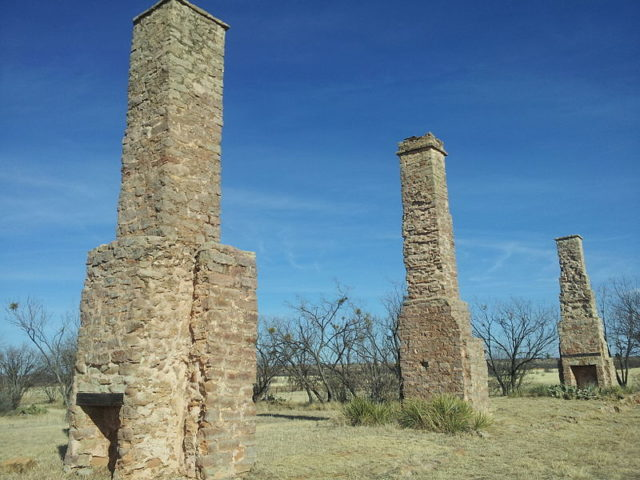Standing amicably in the north of the Lone Star State is a fort, the history of which talks about acrimonious days, moments of the past that still haunt the present. Originally simply named Post on the Clear Fork of the Brazos because of it’s location, ironically, it should not have been built there at all.
It became known as Fort Phantom Hill many years after it was abandoned by the U.S. Army, when the site had gained a reputation for being alive with spirits. Today, the well preserved site, accessible from FM 600 or FM 2833, is part of the Texas Forts Trail.
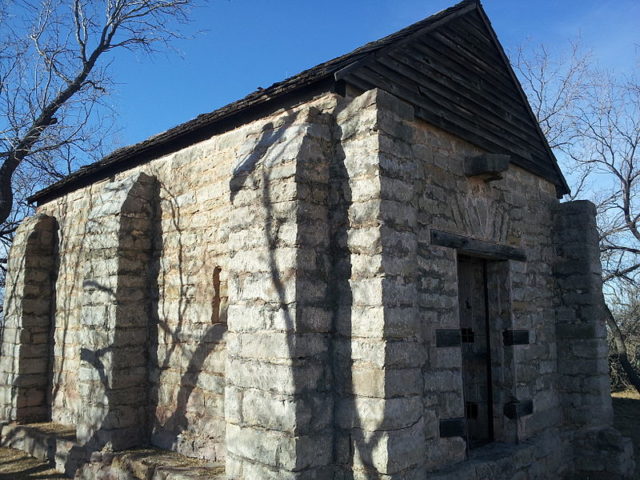
When Captain Randolph B. Marcy was tasked with scouting the best route through the Comancheria for pioneers and prospectors traveling to California’s gold fields, he recommended a line of forts to protect them from Comanche raids. Lieutenant Colonel John J. Abercrombie was supposed to oversee the building of one of these to the southwest of Fort Belknap, close to the Brazos River, where there was a good supply of water and building materials. However, on November 14, 1851, he arrived with the Fifth Infantry at the wrong place.
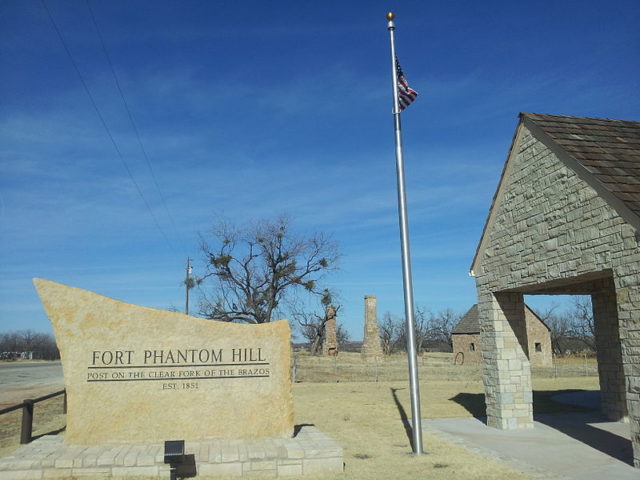
Abercrombie set them to work erecting the fort right there, on top of a hill next to the brackish waters of Clear Fork of Brazos. Things began badly; on the first day one soldier and twenty mules were killed in a severe storm.
And if that wasn’t enough, the land had no proper wood for building nor was there a reliable water source. Stone was quarried two miles away and timber had to be transported 40 miles. Three of the stone buildings and several chimneys are still standing, however the adobe brick walls of the fort are long gone.
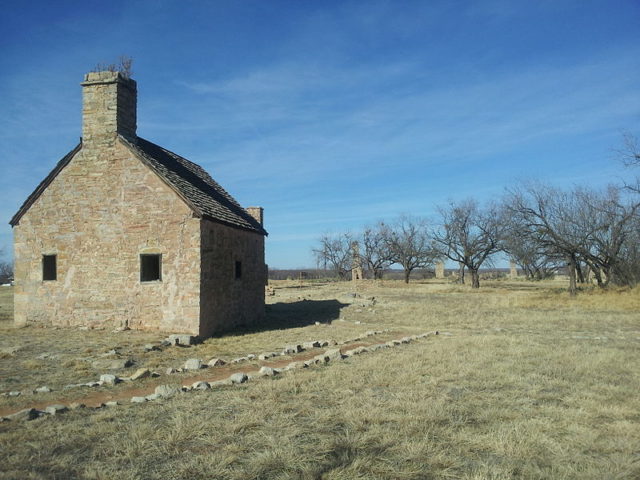
Once finished, the fort had everything it needed to function properly — except for a reliance on supplies which were brought hundreds of miles by wagon, making life particularly harsh at times.
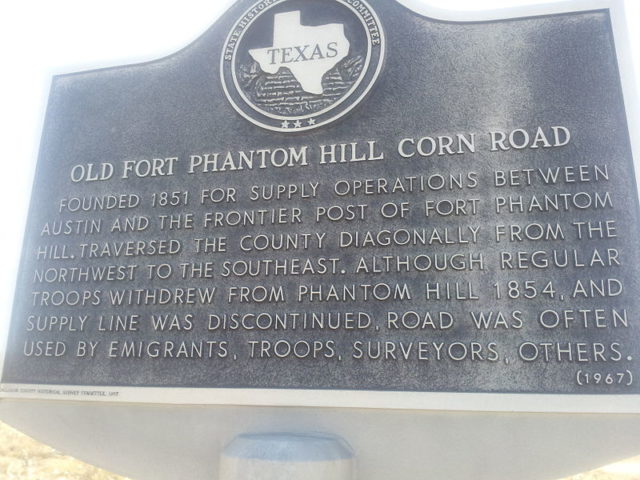
Of the many legends as to why the name Phantom Hill was applied to the fort, one is that the hill on which it stands, even though clearly visible from a distance, begins to disappear like a mirage as it is approached.
Another legend tells the story of a soldier who spotted an Indian standing on top of the hill, so he raised his gun and fired. But it was in vain for the bullet hit…nothing. There was no one on that hill or anywhere around, leaving the soldiers to believe that it must have been a ghost as no man could have pulled of such a disappearing act.
Fort Phantom Hill is said to be haunted by various ghosts, with reports of unexplained noises, sightings of apparitions, and other strange phenomena.
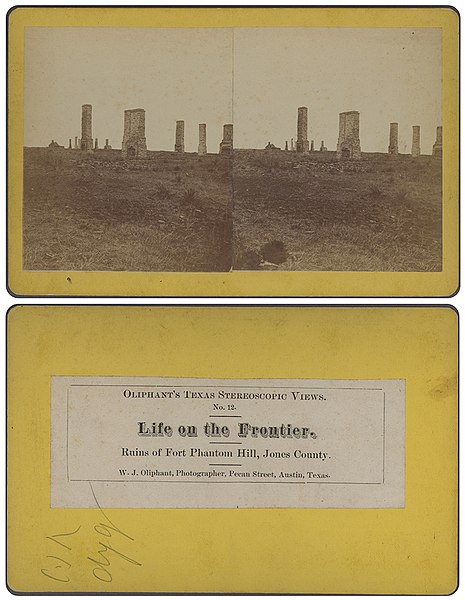
After a short time in service, the fort was abandoned under the command of 1st Lieutenant Newton C. Givens on April 6, 1854. A fire broke out shortly afterwards, which destroyed most of the wooden buildings and thatched roofs — Givens was tried for arson by court marshal and acquitted. Fort Phantom Hill was put back into service as a way station for the Texas Rangers during the Civil War, and a few years later as a garrison in the Red River Wars, the last stand of the Southern Plains tribes against the flood of settlers into their territory.
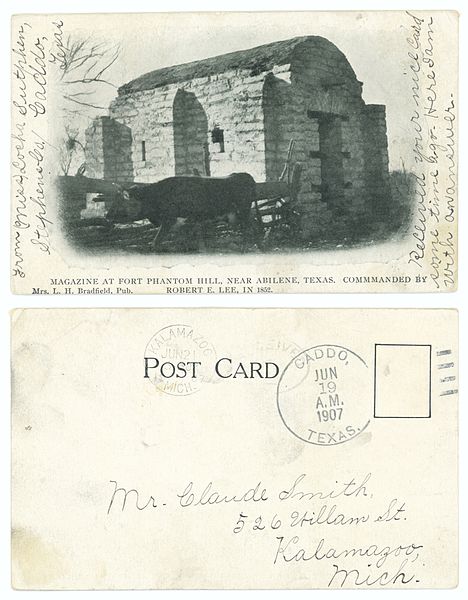
Fort Phantom Hill is on private land but can be visited for free. The site is well maintained, and there are maps and pamphlets available for a self-guided tour. According local folklore, the fort is pretty much “alive” at night, for this is when the ghosts come out.
